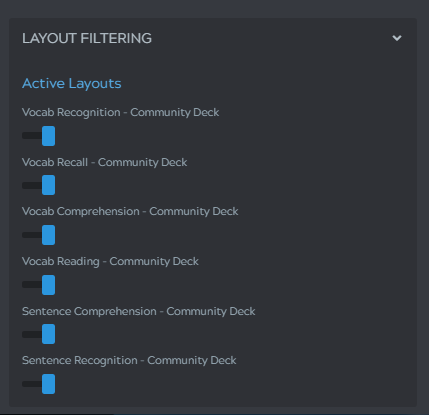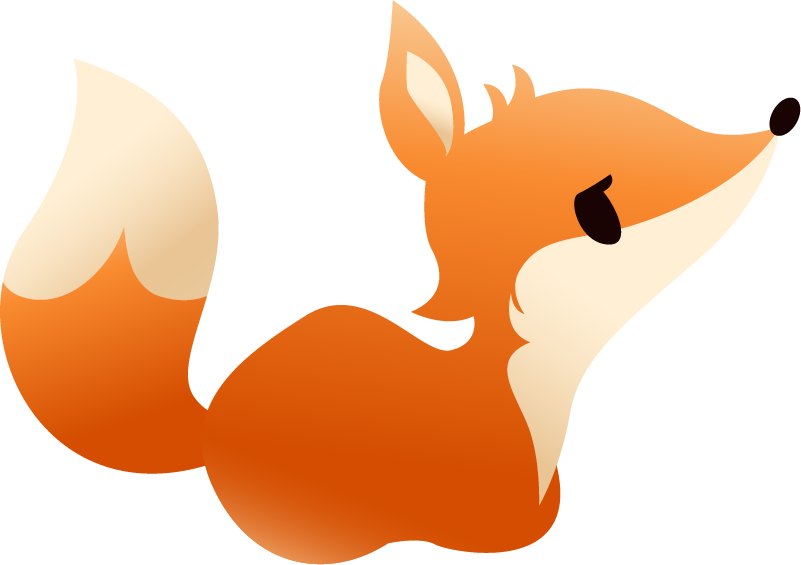I don’t think the deck is tagged by Wanikani levels but by Wanikani. So OP can only hibernate the cards on Wanikani.
I completely agree with this. I think of it as a place to go and learn common words. No need to speed through it or think how further away you are from finishing it. I think the 10000 words on this deck are a very good foundation to becoming an advanced learner of Japanese. So in the same way that one thinks that learning Japanese is a long journey, this deck is also for the long journey, so to speak.
About hibernating cards, if you’re really not willing to do lessons for those words, you can search for the tag “WK” and hibernate those cards. My take on it was going card by card and hibernating those I’d find unnecessary to learn. Sometimes, Wanikani skips important definitions for vocabulary that this deck will have. So in a way, learning the extra meanings by doing the lesson for those cards is relevant.
I also think it’s useful to understand a bit better how the Core 10k is built. If you go to deck settings and open the Layout Filtering section, you’ll see this:

These are all the several ways that the content from this deck can be studied:
-
Vocab Recognition - Input card; the audio of the vocab is played and the goal is for you to understand what it says - listening practice.
-
Vocab Recall - Input card, the English meanings are displayed and you have to recall the Japanese word that it refers to.
-
Vocab Comprehension - Input card, the word is displayed and you have to type its meaning.
-
Vocab Reading - Input card; the vocab is displayed and you have to type the correct reading of the kanji vocab.
-
Sentence Comprehension - Flip card; the example sentence displays in front of you and the goal is for you to be able to read it and comprehend what it says - reading practice
-
Sentence Recognition - Flip card; the audio of the example sentences is played and the goal is for you to understand what’s said - listening practice.
What I initially did was vocab recall, vocab comprehension and vocab reading. Nowadays, I’m purely doing the sentence cards (Sentence Comprehension and Sentence Recognition).
I think that the approach one should take depends on their level of Japanese. As a general approach, if your vocab and kanji level is under N3/N2, I think one should use these layouts:
- Vocab Comprehension
- Vocab Reading
This will allow you to recognize the words when seen through text.
If one is around N2 and above level and knows most words in this deck, focusing on these 2 would be preferable:
- Sentence Comprehension - Great for reading practice.
- Sentence Recognition - Great for listening practice.
The thing with sentence cards is that you’re not only reviewing words with extra context, but you’re also reviewing several cards in 1 go, making it more efficient than reviewing word by word.
Hope this helps understand a bit better how the deck is structured  Let me/us know if you have more questions
Let me/us know if you have more questions  We’re here to help.
We’re here to help.




 Let me/us know if you have more questions
Let me/us know if you have more questions  We’re here to help.
We’re here to help.